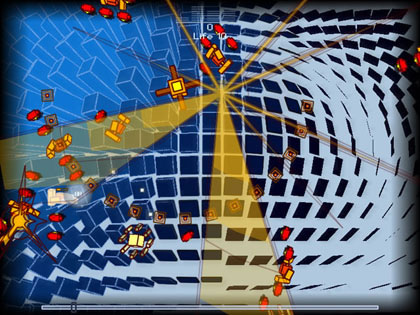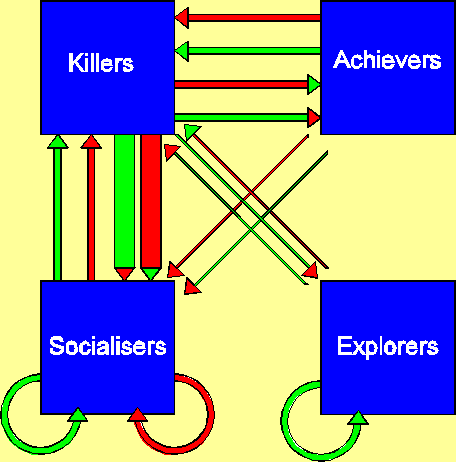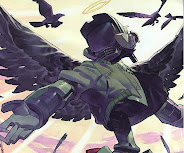 han ever. According to Andy Schatz of Pocketwatch, “Indie visionaries have single-handedly created the casual game genre, brought back long-dormant genres such as the strategy, adventure, and puzzle games, and have created entirely new concepts within gaming.” Now with companies like GarageGames, it has become even easier for independent developers to release their games to the public. GarageGames president, Mark Frohnmayer, says that independent games now represent about $1 billion in annual sales. GarageGames is a company that creates game engines that independent developers can purchase for a nominal fee to create their games. They create engines like Torque Game Builder, Torque 3D and Torque X which is said to be a development tool for the Xbox Live Arcade. Developers can buy the Torque Engine for $100 per programmer, and can create a game with almost no other overhead. Although many Independent games are not very good, they push the boundaries of game design and can also be quite well designed too.
han ever. According to Andy Schatz of Pocketwatch, “Indie visionaries have single-handedly created the casual game genre, brought back long-dormant genres such as the strategy, adventure, and puzzle games, and have created entirely new concepts within gaming.” Now with companies like GarageGames, it has become even easier for independent developers to release their games to the public. GarageGames president, Mark Frohnmayer, says that independent games now represent about $1 billion in annual sales. GarageGames is a company that creates game engines that independent developers can purchase for a nominal fee to create their games. They create engines like Torque Game Builder, Torque 3D and Torque X which is said to be a development tool for the Xbox Live Arcade. Developers can buy the Torque Engine for $100 per programmer, and can create a game with almost no other overhead. Although many Independent games are not very good, they push the boundaries of game design and can also be quite well designed too. With Indie games being easier and cheaper to make, they are making a big splash into the mainstream audience. Quite a few Indie games have gotten a lot of press and been put onto consoles like the Xbox 360 Live Arcade and the PS3. Some games of note are fl0w and fl0wer as well as Everyday Shooter. GameDailyBiz states that these games have become such a big deal in the development world that at IndieGamesCon Greg Canessa, Group Manager of Xbox Casual Games, stated that he would like to see Microsoft's next-gen console become a kind of home for indie development.
With Indie games being easier and cheaper to make, they are making a big splash into the mainstream audience. Quite a few Indie games have gotten a lot of press and been put onto consoles like the Xbox 360 Live Arcade and the PS3. Some games of note are fl0w and fl0wer as well as Everyday Shooter. GameDailyBiz states that these games have become such a big deal in the development world that at IndieGamesCon Greg Canessa, Group Manager of Xbox Casual Games, stated that he would like to see Microsoft's next-gen console become a kind of home for indie development.Another exciting thing going on because of the Indie games movement is that while many major developers are creating franchises and we are seeing reiterations and re-releases of older games, indie developers are giving us new and innovative games that really push the boundaries and bring back old game genres, such as top down shooters, while implementing them in new ways. Indie developers are willing to take more risks than major developers, and it shows in the variety in their game design. Derek Yu from Bit-Blot thinks that, “For the mainstream industry, everything goes in one direction: bigger, shinier, 3D-ier. Indie games go in every direction, and it's exciting as hell.”
What is also very exciting is that when an indie game makes it big with a new mechanic or innovation, it influences the mainstream developers, and we start to see new mechanics in mainstream games. Independent games introduce new mechanics for mainstream developers. “The industry benefits through the introduction and testing of novel ideas & techniques that can be used to enhance larger games. Larger studios are often responsible for technical innovation, but it's independent studios that push the boundaries of creative innovation,” says Thomas Arundel from Darwinia.
Indie games are also usually smaller, casual games that make it much easier to distribute them. This opens the market up to anyone who has a computer and the Internet. Independent games are not hardware dependent and thus allow anyone to play the independent games easily. With the ability now to play games on the web or get digital downloads, on computers or consoles, the independent game market is of an almost infinite size for developers. Independent games are a new movement in video game culture that will not be going away anytime soon. They will, and already have been, influencing mainstream developers and creating big names for themselves and receiving a lot of press. All in all it is an exciting time for game developers, especially indie developers.









